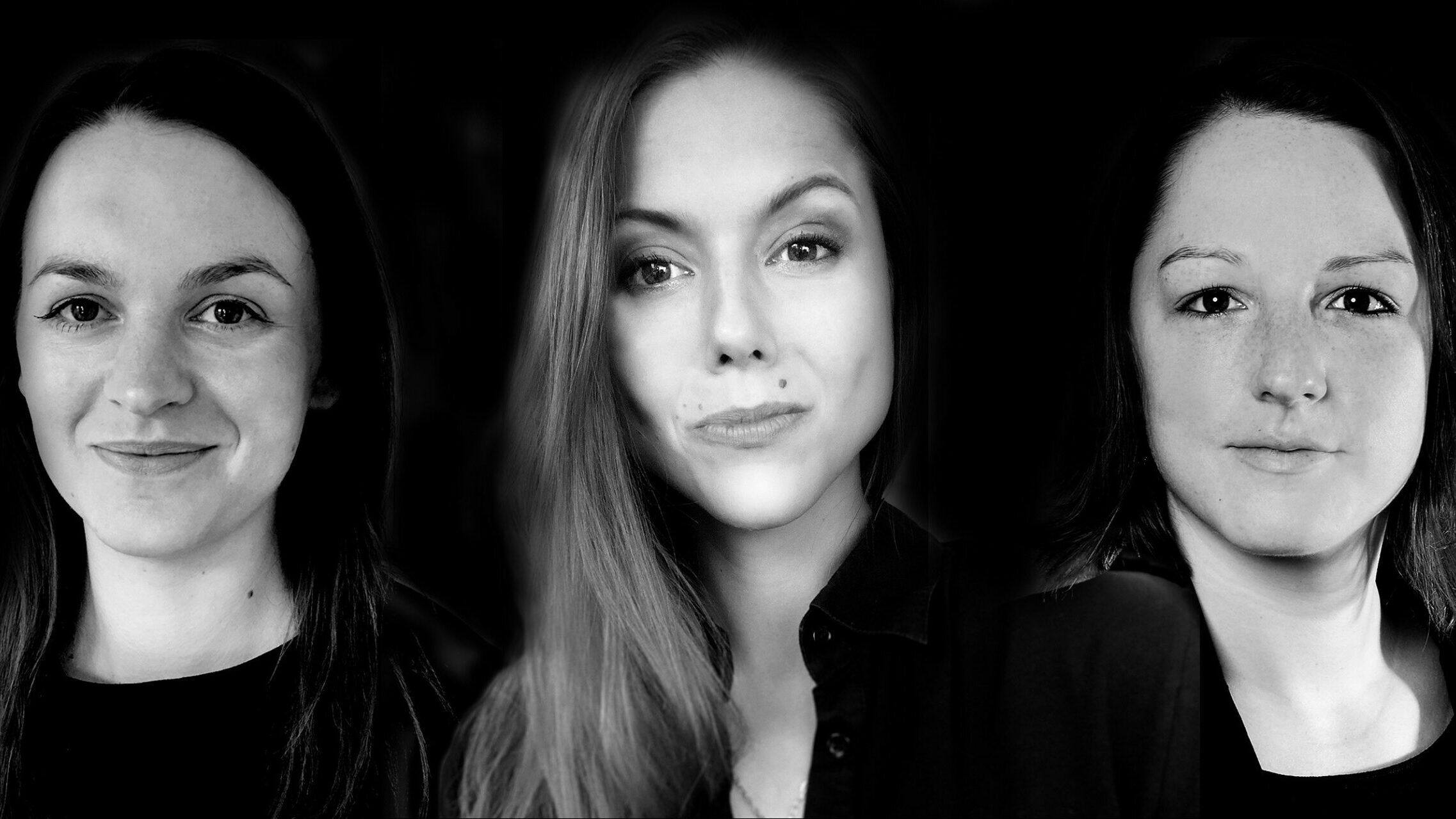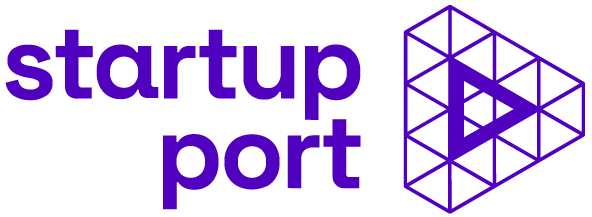Anyone who hatches ideas within the university that have the potential to make a real difference “out there”, i.e. in industry, business, politics or society, usually needs initial funding. However, obtaining this start-up capital is particularly difficult for ideas that are at the very beginning. We asked project manager Mareike Post from Calls for Transfer (C4T) five questions. As start-up funding for knowledge and technology transfer at Hamburg’s state universities, the funding helps to overcome this initial funding hurdle. With 30,000 euros (up to a maximum of 35,000 euros), C4T is supporting scientists for the tenth time in realising their project ideas within 12 months. It does not matter whether it is about economically effective concepts, new technologies or inventions or even a desired socio-cultural change: As an open-topic programme, C4T invites researchers from all scientific disciplines to apply by 31 May 2024. For researchers with start-up ambitions, C4T offers a separate funding format (funding format d), which supports the preparation of a spin-off from the universities.
What are the main objectives of the C4T programme in the context of promoting innovation in science and research?
Calls for Transfer (C4T) enables researchers from Hamburg to realise their ideas quickly and unbureaucratically – even if they are still in their infancy and therefore seem too small for the “big time”. The aim is to give innovations from universities a chance that would not have the opportunity to be tested and applied without an initial injection of funding. This is where our German funding landscape often reaches its limits: In order to receive funding within the research landscape, a demonstrator is usually already required, spin-offs need initial market analyses and companies only want to invest in ideas from research if they can already see what innovative change (and therefore, of course, what form of monetisation) these will mean for them. There is therefore a lack of start-up funding to support the first small steps – and this is precisely where we come in. This initial spark is of course particularly interesting for researchers with an entrepreneurial spirit, as it can enable them to start their own business.
What specific advantages does the C4T programme offer founders and researchers at Hamburg’s state universities?
With C4T, founders have the advantage of being able to easily test out their idea with initial funding and then realise it. As C4T is a funding programme for knowledge and transfer projects at universities, we can only support start-ups that have not yet been spun off – anything else would be funding for companies. However, this restriction is also a major advantage for founders: This preliminary stage opens up scope for experimentation. The construction of prototypes, the creation of concepts or analyses as well as other further developments that could not have been financed within the first phase of a project can be implemented with the help of C4T. With C4T, researchers who want to set up their own company can optimally prepare for their future: It does not matter whether the actual spin-off or further funding with other funding programmes such as EXiST or InnoRamp awaits at the end of a C4T project. The only important thing is that the underlying innovation, i.e. the start-up idea as such, has the potential to make a difference and is therefore also pursued after the C4T funding programme.
How can interested parties best present their project ideas within the framework of C4T in order to increase the likelihood of funding?
In order to convince people of your idea, one thing counts first: the so-called innovation level. This term may seem very vague, but it is the basis for every decision made by our external panel of experts. Questions like: Has this ever been done before? Is this perhaps an innovative further development or variation? Are the applicants breaking new ground here in terms of ideas, technology or processes? Is it perhaps about interdisciplinary partnerships that did not exist before? It is therefore important to make it clear in your own application that this idea has not yet existed in this form. Setting up an e-commerce shop therefore has far less chance of success than a collaboration between artists and mathematicians who want to help Apple’s weather app finally produce true forecasts – and with the right look. This means that not everything has to be completely new to be innovative, but should above all be rethought.
At this point, it is also important to emphasise that innovation is not only present in technical fields of science: Even if it is easier to attribute the “right” level of innovation to a patent-oriented invention, artistic disciplines in particular, as well as those in the humanities, social sciences and cultural studies, are full of innovative approaches. Here, however, it is mostly not about technological novelties, but about new thinking or creative connections as well as variations on what already exists. Clearly recognisable interdisciplinary collaborations, process innovations or social innovations that shape a sustainable society are crucial in such project proposals.
In addition, the application must clearly state where the intended project is actually heading. Funding format d), which can be used to apply for funding for preparations for a spin-off, naturally requires objectives such as the spin-off itself. Or the preparation of a follow-up application for other funding programmes. It is important that the application makes it clear that these 12 months are not being financed “for free”, but that there is an already planned “afterwards”. After all, in addition to innovation, the aim is always to get ideas out of the universities and into application. This aspect should also be taken into account when formulating the application.
In addition, a certain degree of realism is always crucial when looking to the future: anyone who plans a market analysis, new collaborations, the development of a prototype and the preparation of an EXiST application in a 12-month project period is not thinking realistically. Anyone who wants to invest the entire funding amount in the purchase of a machine instead of realising an actual project will probably not be funded either. It is important to keep an eye on the entire process from start to realisation, to present your innovation clearly and comprehensibly and to show that it can actually be implemented – and preferably successfully. If these aspects are clear in the application, you already have a very good chance of receiving funding.
Are there specific criteria or requirements that a project must fulfil in order to be classified as “transfer-relevant”?
In addition to the “level of innovation” already mentioned, “transfer relevance” is another of our – admittedly – vague buzzwords. Just as innovation cannot be described precisely and universally, “transfer relevance” also lacks this clarity. Basically, however, it is simply a question of ideas from universities having an impact outside of these universities. And in such a way that companies, politics and/or our society in general benefit from them. Those who simply shout out new mathematical approaches on the street create less relevance than those who simultaneously translate these approaches and also demonstrate that they could – for example – be handed over to the developer-artist combo for the new weather app. In this way, real forecasts based on innovative mathematics could be made for the general public, umbrellas could be practically stretched on the street and possibly even protected from weather disasters. This is where the relevance is hidden: as innovative as the actual formula is, as long as no thought is given to how it can be applied in practice, it lacks “transfer relevance” in our eyes.
In purely formal terms, this can be seen from attached LOIs from companies, existing collaborations or concrete plans for further funding. However, a clear description of the intended realisation of an idea also helps our reviewers to correctly assess the “transfer relevance” of a project.
Can you give examples of spin-offs that have been successfully realised through previous C4T calls?
Our best-known example is certainly traceless materials GmbH: when Anne Lamp, one of the founders of traceless, submitted an application to us in 2018, she was still a doctoral student at the TU Hamburg and was laboriously producing her innovative plastic substitute by hand in a standard pasta machine. Today, she and her co-founder Johanna Baare not only have a large team of dedicated employees, but are also building their own production plant in Hamburg-Harburg, which covers an area of 4,000 square metres. In addition, they now have numerous awards to their name – such as the German Start-up Award.
traceless not only received financial support from C4T in its initial phase, but also received advice from Startup Port (then beyourpilot). Incidentally, some of our applicants have followed this path: from COLIPI GmbH, which is developing a sustainable palm oil alternative, to Curvature Games GmbH, which is changing the way we deal with virtual environments, to mo:re GmbH, which wants to end animal testing with its micro-laboratory – all of these start-ups were launched by C4T and ultimately grew with the help of Startup Port.
More information on the funding programme, including the application form, can be found at: https://hamburginnovation.de/c4t/

